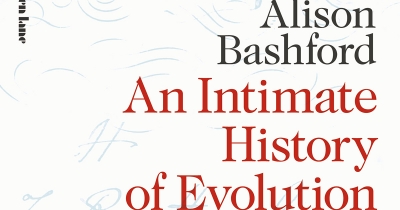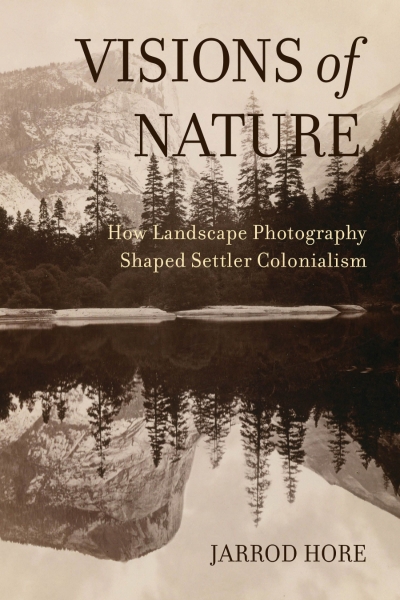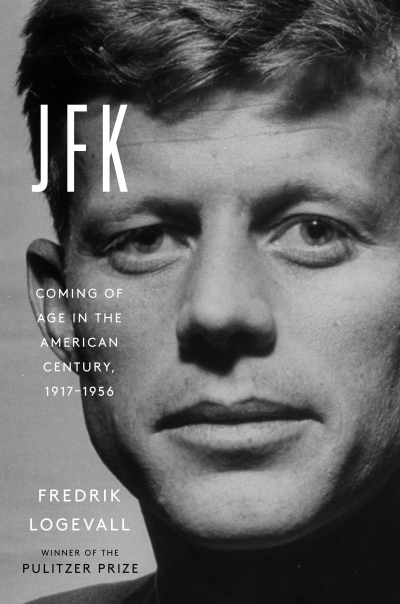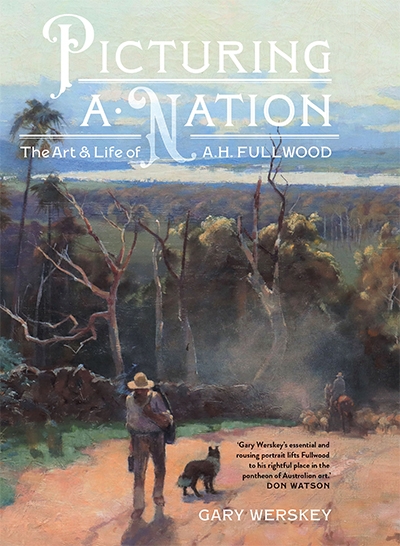Writing this review of John F. Kennedy’s formative years soon after the end of the Trump regime has evoked some surprising parallels between these two one-term American presidents (and perennial womanisers). They were both second sons born into wealthy families dominated by powerful patriarchs. Against the odds, they emerged as their fathers’ favourites and were groomed for success. Thanks not just to their wealth but to their televisual celebrity and telegenic families, they managed to eke out close election victories at a time when just enough disenchanted voters were looking for a change of direction in the White House. Despite their administrations’ profound disparities in competence and their differences in political outlook, they shared a deep distrust of senior bureaucrats and military officials, as well as an inability to work effectively with Congress. Bullets and ballots, respectively, ended Kennedy’s and Donald Trump’s presidencies, but not the cults of personality they had inspired. In the space of just over half a century, they have tilted the trajectory of American democracy and diplomacy from the tragic to the tragicomic.
...
(read more)




